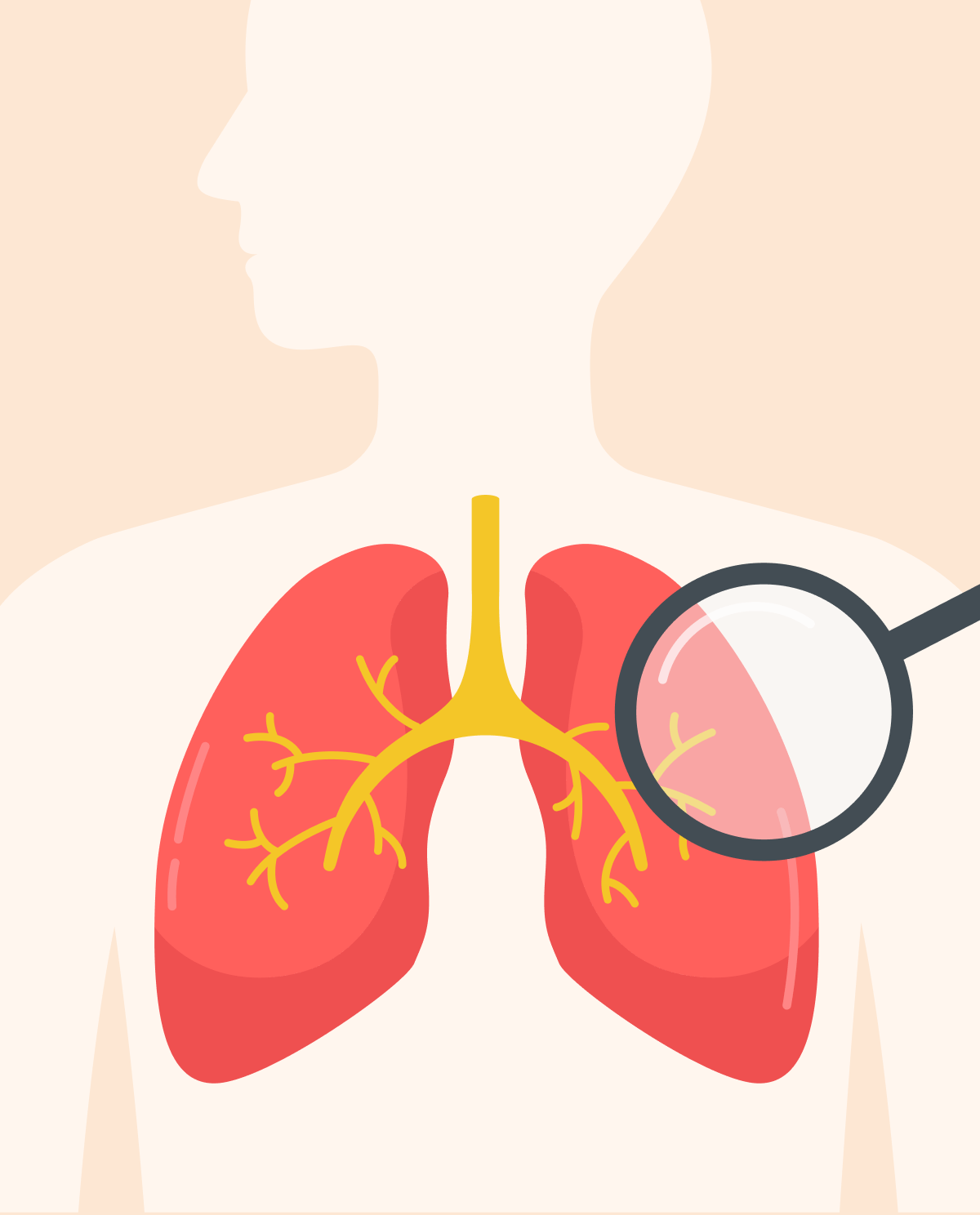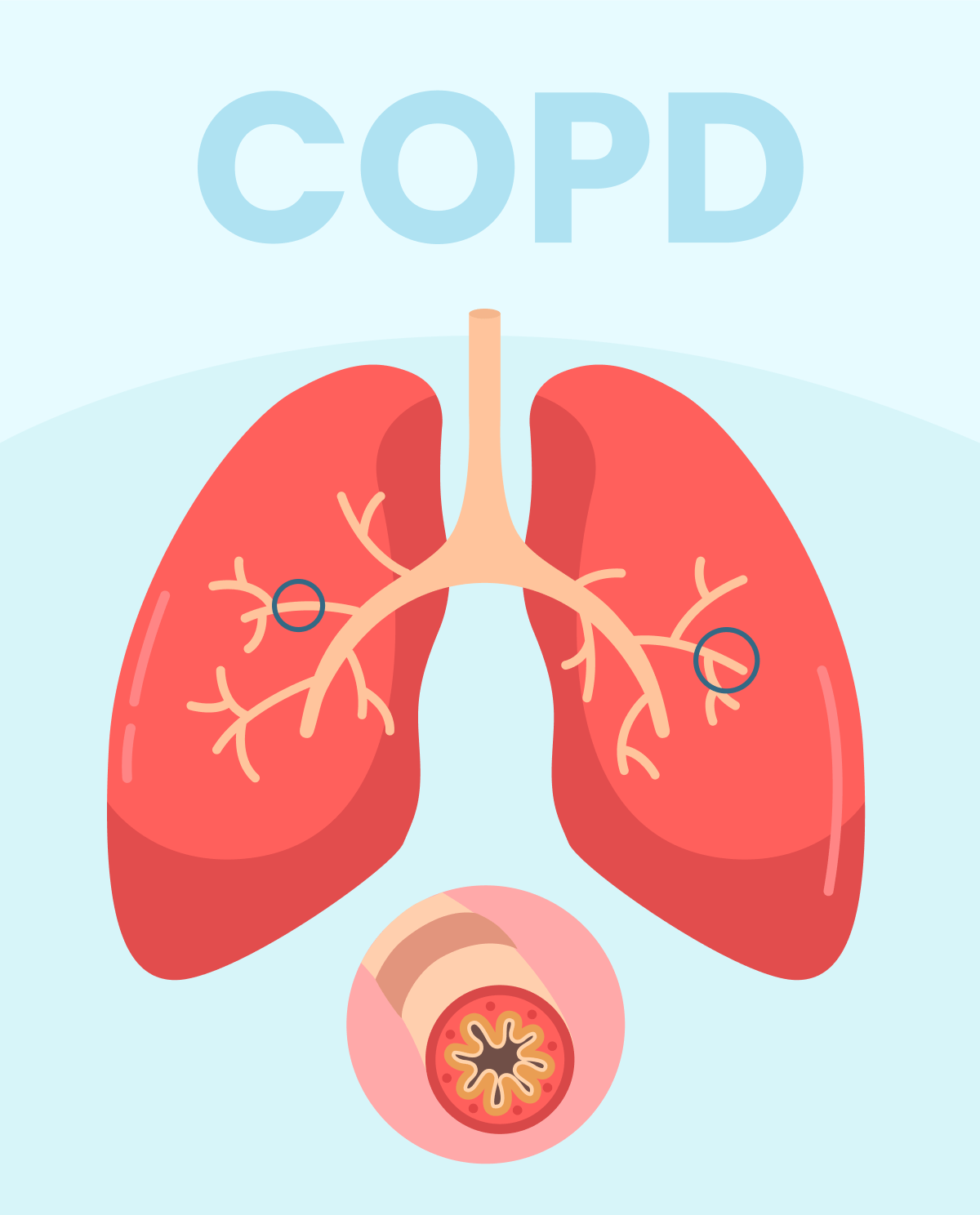Types of restrictive pulmonary diseases
- Intrinsic type: the following occurs 'within' lung tissue, meaning they influence the functional parts of the lung’s mechanics (i.e., alveoli). The following type of restrictive lung disease is usually a consequence of inflammation and structural changes (scarring of tissue). The main example of this condition is called interstitial lung disease and covers a variety of disorders such as pneumonia, idiopathic pulmonary fibrosis, pneumonitis, sarcoidosis, asbestosis, drug-induced or toxin-related lung disease, and so on.
- Extrinsic type: the following occurs in the structures surrounding and supporting the lung and function (i.e., respiratory muscles, pleura). The disease of these crucial elements results in impaired pulmonary function. This type can be further broken down into the following categories: Neuromuscular in nature resulting in paralysis (muscular dystrophy, ALS, multiple sclerosis, and so on), disorders of the pleura (pleura thickening, pneumothorax, and so on), and disorders of the thoracic cage (kyphosis, scoliosis, obesity and so on).
Symptoms associated with restrictive pulmonary diseases
- Shortness of breath,
- Long and non-productive cough,
- A feeling of gasping for air accentuated upon exertion,
- Fatigue,
- Depression and anxiety,
- Weight loss (in some cases),
- Respiratory failure.
Diagnosis of restrictive pulmonary disease
After taking your history, if restrictive lung disease is suspected by your primary healthcare the following tests can be ordered:
- Pulmonary function tests (PFTs): this is the gold standard of tests. It can be done vira spirometry or plethysmography,
- CT scan,
- X-ray,
- Bronchoscopy.
Treatment options regarding restrictive pulmonary disease
The treatment options that will be recommended by the physician will depend on a multitude of factors such as the type of restrictive disease, the cause, age, and general health status of the patient.
- For interstitial lung disease (anti-inflammatory, immunosuppressive drugs, immunotherapy, antibiotics, and so on),
- Expectorant,
- It should be noted that once scarring, loss of muscle, and thickening occur, it is usually a change that is irreversible in nature. Thus, conditioning techniques and other respiratory muscle-strengthening methods are employed,
- Other aiding elements would be to stop smoking and improve your dietary habits.








